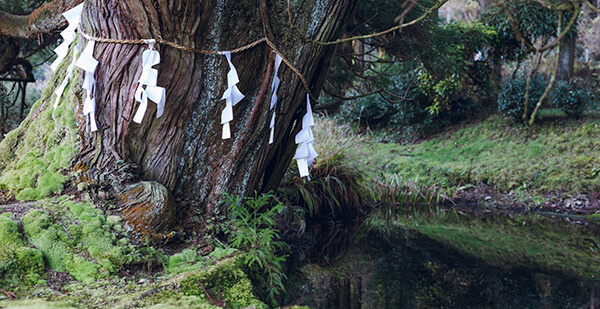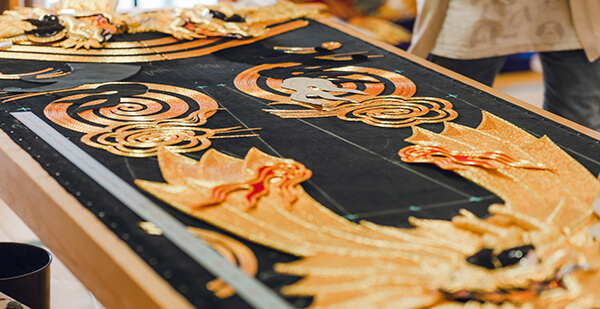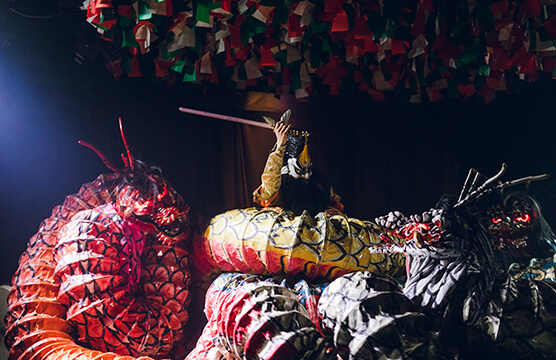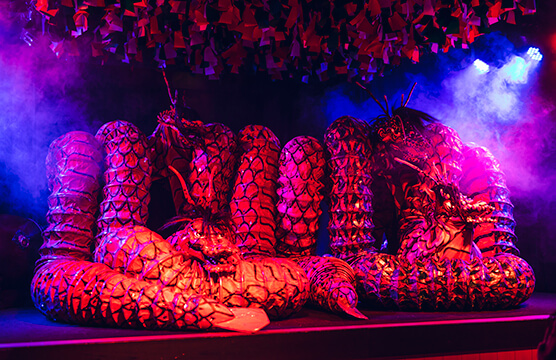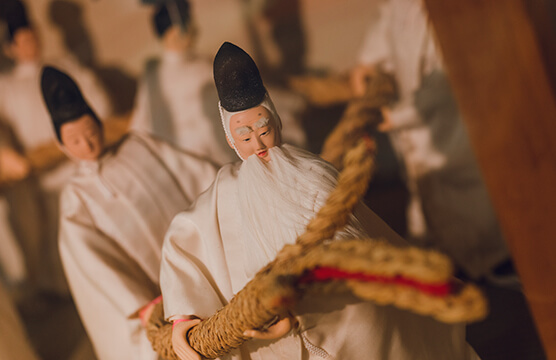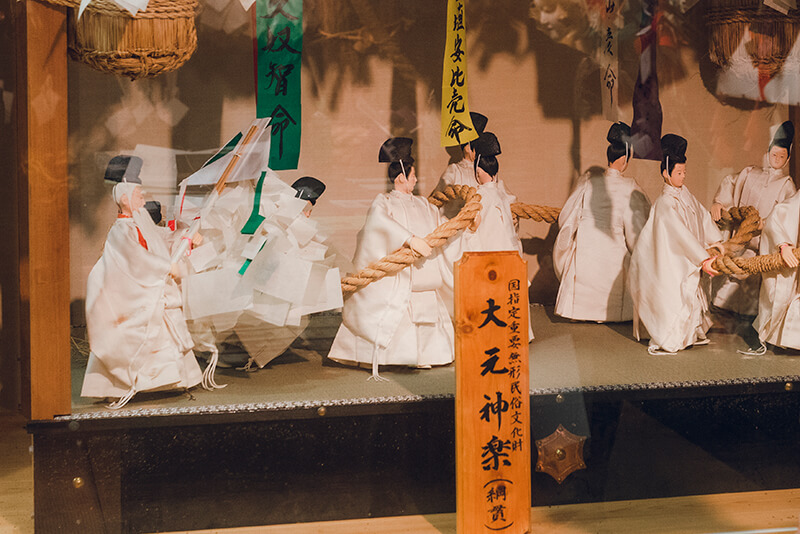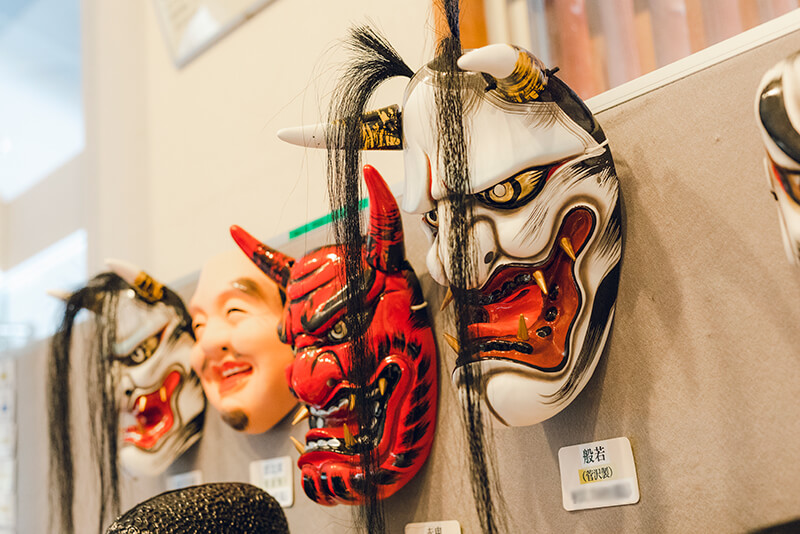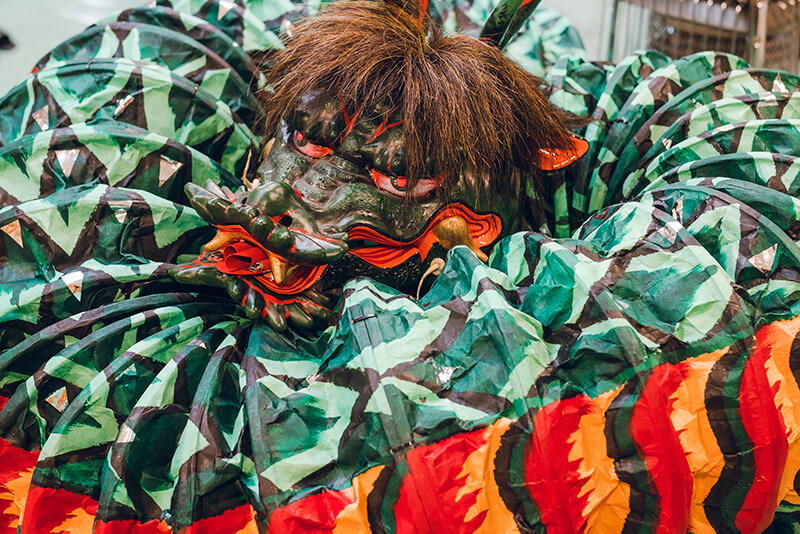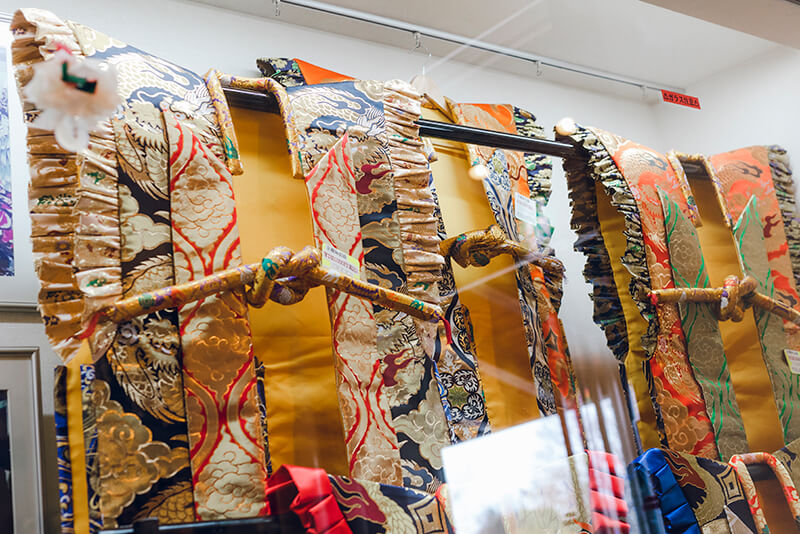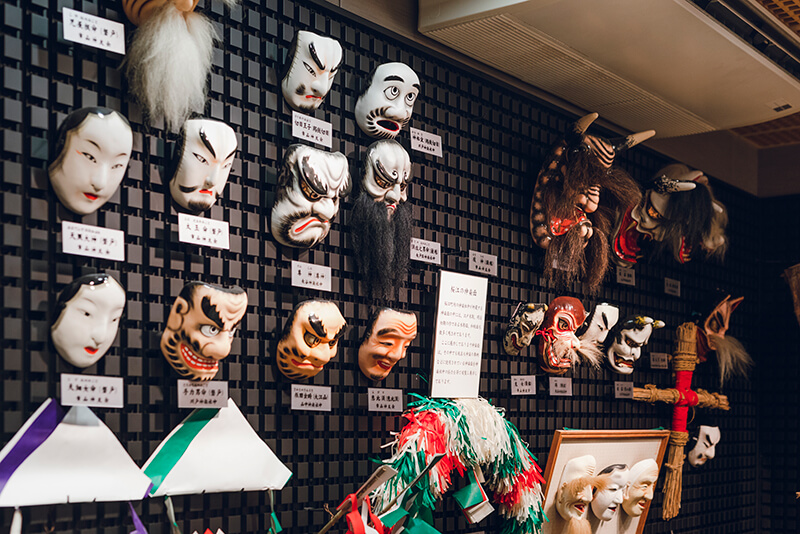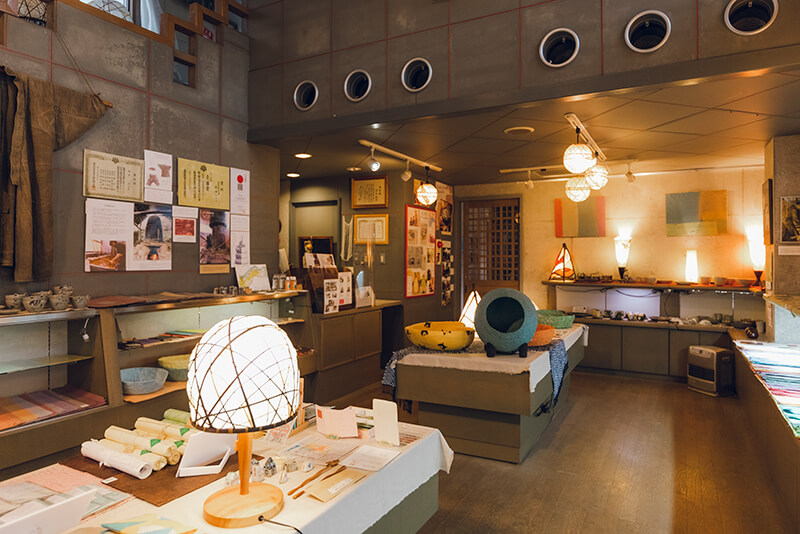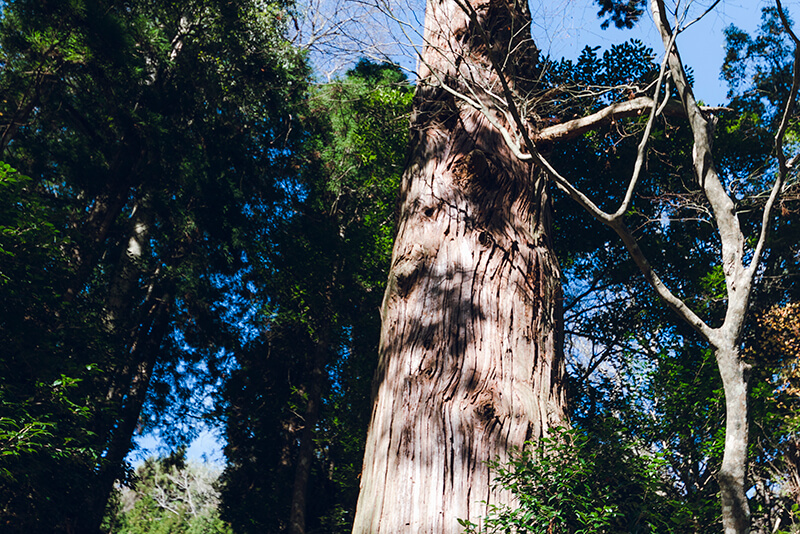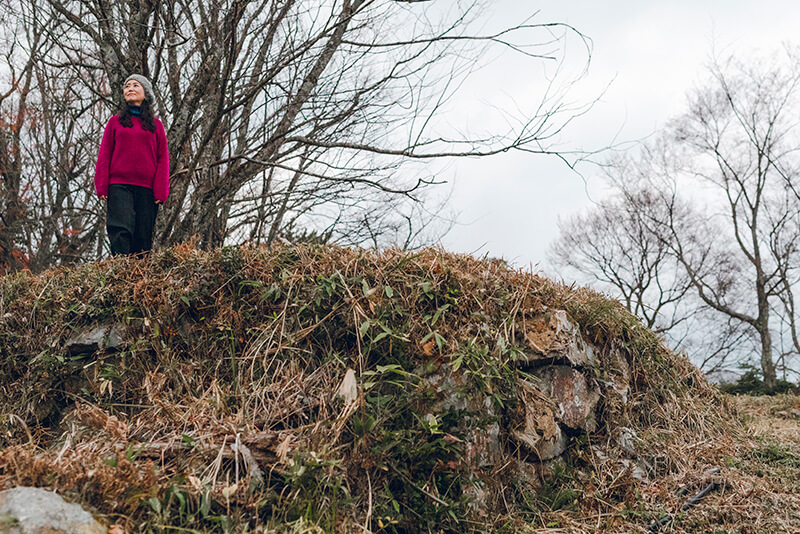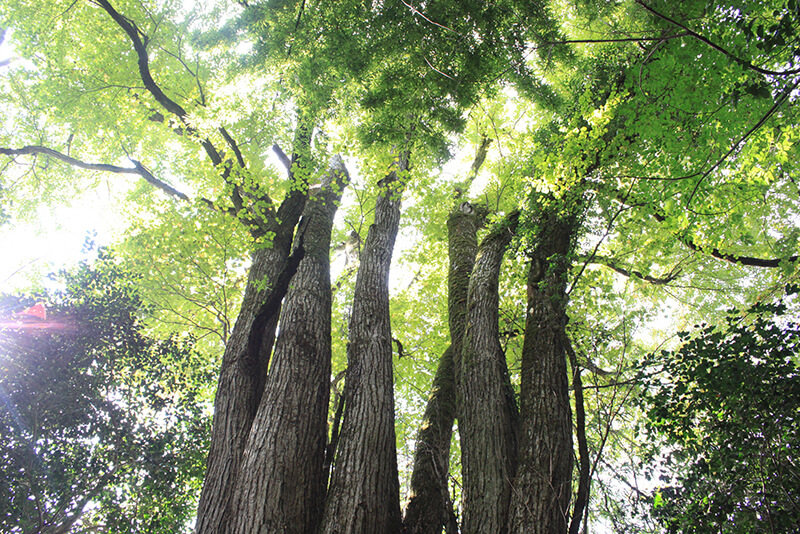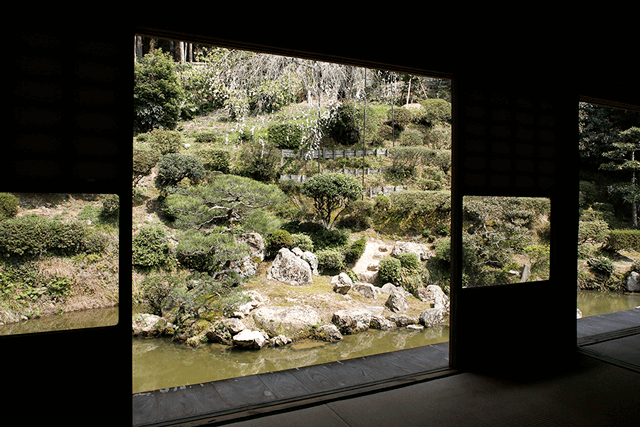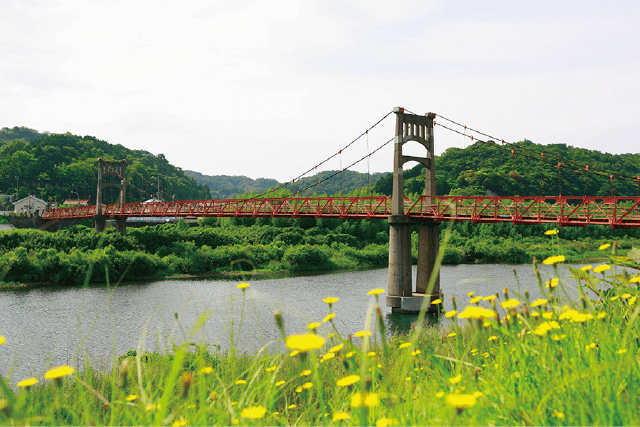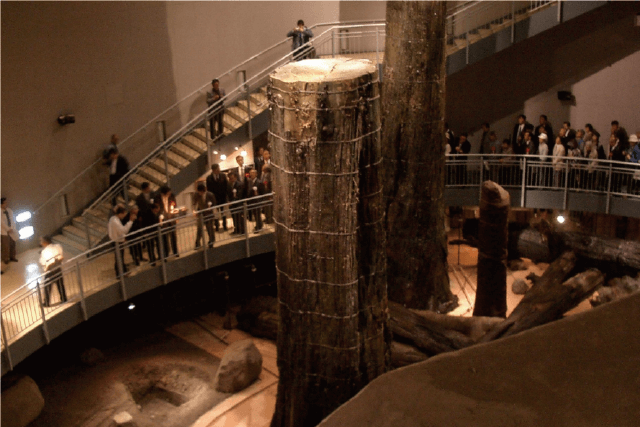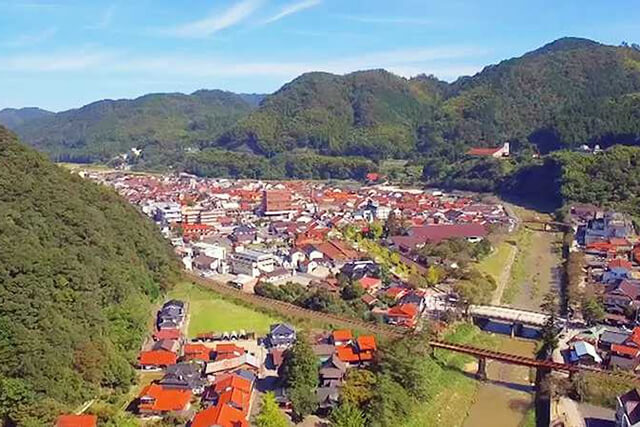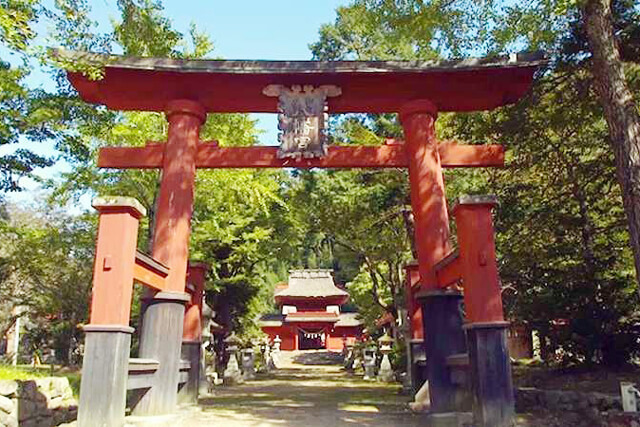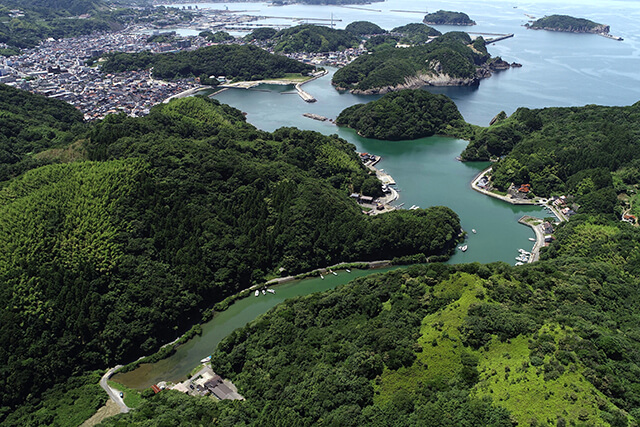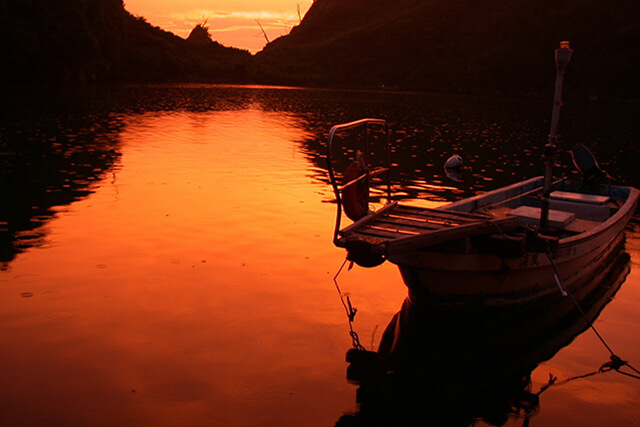Japan Heritage Iwami Kagura
Surrounded by the beautiful countryside scenery, attractive foods, and passionate traditional performing arts.
Photos:Teppei Sasaki
What is Japan Heritage?
Japan Heritage is a story of Japanese culture and tradition that is told through the historical attractions and features of a region, which have been certified by the Japan Agency for Cultural Affairs.
The Agency for Cultural Affairs supports efforts to utilize all of the variety of attractive tangible and intangible cultural assets that are essential to tell the stories.
Story of Kagura in Iwami is a Japan Heritage
[Certified Story]
A mythical world where gods and demons are alive
- Kagura, passed down through the generations in Iwami -
Kagura, which has taken root throughout the Iwami area in western Shimane Prefecture, is a traditional performing art of the region, and it has continued to develop in response to changes of the times.
The solemn, gorgeous performance attracts people's attention.
The people in Iwami respect kagura as an offering to the gods, and still perform kagura at local events throughout the year. You can hear kagurabayashi (kagura music) anywhere on weekends.
The kagura of the Iwami region attracts viewers of all generations.
It is a treasure that the Iwami people are proud to show to the world, having developed it along with the region since ancient times.
Four More Iwami no Kuni Stories as Japan Heritage
[Certified Story]
Admire Masuda, A masterpiece of Middle-Age Japan
- Revival in the time of regionalism - Masuda City
The era when the sea had no borders—the Middle Ages. Masuda, at the western end of the Sanin region, shone with great brilliance, taking advantage of its geography and local resources.
The people in Masuda have made use of its geographical proximity to China and the Korean Peninsula, as well as the local resources of timber and minerals from the Chugoku Mountains, to promote trade across the Sea of Japan. The lord of the region, Mr. Masuda, was very involved in the trade himself and demonstrated his excellent political skills in achieving peace in the Masuda area. With economic prosperity and political stability, Masuda was also influenced by the culture of East Asia, and a culture unlike any other place blossomed.
Telling the story of this history, today’s Masuda has a collection of first-rate artifacts that include the ruins of castles and mansions, port landscapes, temples, shrines, townscapes, gardens, paintings, and Buddhist statues.
Thus, Masuda was a brilliant town that took advantage of the characteristics of its time and region and can be called a masterpiece of Japan in the Middle Ages. It is a town where you can experience the medieval era, which is very rare in Japan.
[Certified Story]
Eternal history of the volcano of Iwami
- A journey to encounter the Buried Forest and the Silver Mountain - Ohda City
As you walk down the stairs to the basement, you'll see a number of huge trees that tower in front of you.
They are trees from the Jomon period, buried deep in the earth due to the eruption of Mt. Sanbe. The trees can be seen as they were in their original form, beyond the time of the years.
Japan is a volcanic country.
Although the eruption threatened the people, it also brought various benefits to Ohda in Iwami no Kuni.
The deposits at the Iwami Ginzan silver mine, which once brought the name Zipangu (Japan) to the world, was also generated by magma.
The great land nurtured by volcanoes has also enriched people’s lives.
Ohda in Iwami no Kuni is a town where the history of volcanoes lives on in every aspect of life. A journey to encounter the blessings of the Land of Fire awaits you.
[Certified Story]
Tsuwano Then and Now
Exploring the Town of TsuwanoThrough the One Hundred Landscapes of Tsuwano
Tsuwano was a castle town that developed along the Tsuwano River and is renowned for its natural beauty.
It is home to the Tsuwano Hyakkeizu (The One Hundred Landscapes of Tsuwano), an art book by a local artist that captures imagery of Edo-period Tsuwano.
The book depicts scenes and information about famous sightseeing spots, nature, traditional performing arts, customs, and daily life.
Local people have continued efforts to protect the town from development and as a result, they have succeeded in preserving its traditional atmosphere.
Visitors to Tsuwano can experience the contemporary scenery while comparing it to the depictions in the Tsuwano Hyakkeizu and imagining the scenes and lives of Edo period life.
[Certified Story]
Another world created by the dreams of men across rough seas
- A port of call, Kitamaebune, and a ship-owner's village -
Along the coast of the Japan Sea and the Seto Inland Sea, there are many port towns with mountains in the background to their landscape.
There are many small streets leading to the harbor, and the streets are lined with huge merchant houses and magnificent ship-owners' residences.
At shrines and temples retaining Ema (wooden plaques that people write their prayers or wishes on) and models of ships that were dedicated by the people, festivals with origins in distant places, such as Kyoto, are held, and folk songs with similar verses are sung.
These port towns are also the villages of the shipowners of Kitamaebune and their ports of call. Shipowners, who overcame the rough seas, created enormous wealth as general trading companies and brought prosperity to various regions. The port towns still attract people as another world that glittered through many years.
